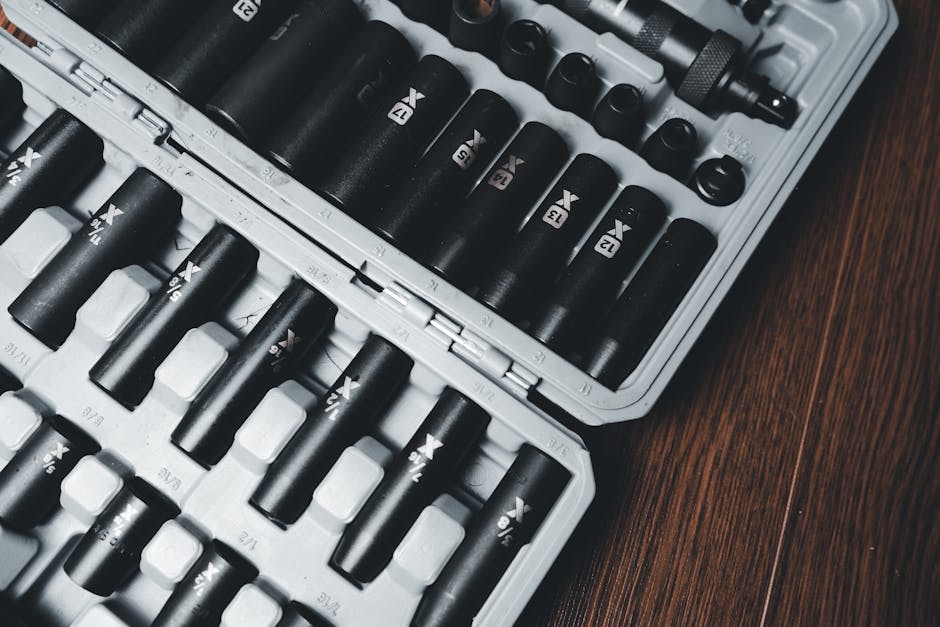How Car Batteries Work and When to Replace Them
Introduction
A car battery is one of the most crucial components of a vehicle, providing the electrical energy needed to start the engine and power various electronic systems. Despite its importance, many drivers don’t fully understand how it works or when it needs replacement—until their car fails to start on a cold morning.
This comprehensive guide will explore the inner workings of car batteries, their different types, signs of failure, and when to replace them to ensure your vehicle remains reliable.
How Car Batteries Work
1. The Basic Function of a Car Battery
A car battery serves two primary functions:
- Starting the Engine: It delivers a high burst of electrical current to the starter motor, which turns the engine over.
- Powering Electrical Systems: When the engine is off, the battery supplies electricity to lights, infotainment systems, and other accessories.
Once the engine is running, the alternator takes over, recharging the battery while also powering the vehicle’s electrical systems.
2. The Chemistry Behind Car Batteries
Most conventional car batteries are lead-acid batteries, which consist of:
- Lead Plates (Anode and Cathode): These are submerged in an electrolyte solution.
- Electrolyte (Sulfuric Acid and Water): Facilitates the chemical reaction that produces electricity.
When the battery discharges (providing power), the sulfuric acid reacts with the lead plates, converting chemical energy into electrical energy. During charging (when the alternator replenishes the battery), the process reverses, restoring the plates and electrolyte to their original state.
3. Types of Car Batteries
Not all car batteries are the same. The most common types include:
- Flooded Lead-Acid (FLA) Batteries: The traditional, maintenance-required type where electrolyte levels must be checked and topped off periodically.
- Absorbent Glass Mat (AGM) Batteries: More advanced, maintenance-free batteries with better performance, longer lifespan, and resistance to vibration.
- Enhanced Flooded Batteries (EFB): An improved version of FLA batteries, often used in start-stop vehicles.
- Lithium-Ion Batteries: Found in some hybrid and electric vehicles, offering higher energy density and lighter weight but at a higher cost.
Each type has its advantages, depending on the vehicle’s requirements and driving conditions.
Signs Your Car Battery Needs Replacement
Car batteries typically last 3 to 5 years, but extreme temperatures, frequent short trips, and electrical drain can shorten their lifespan. Here are the most common warning signs:
1. Slow Engine Crank
If the engine turns over sluggishly when starting, the battery may not have enough power to engage the starter motor effectively.
2. Dim Headlights and Electrical Issues
A weak battery may cause headlights to appear dimmer than usual, or interior lights and dashboard displays to flicker.
3. Check Engine or Battery Warning Light
Modern vehicles have sensors that detect battery voltage irregularities, triggering a warning light on the dashboard.
4. Swollen or Leaking Battery Case
Excessive heat or overcharging can cause the battery case to bulge or leak acid, indicating internal damage.
5. Frequent Jump-Starts Needed
If you repeatedly need jump-starts, the battery is likely failing and should be tested or replaced.
6. Old Age
Even if a battery seems fine, replacing it after 4-5 years (or sooner in harsh climates) can prevent unexpected breakdowns.
When to Replace Your Car Battery
1. After Failing a Voltage Test
A healthy battery should read 12.6 volts or higher when fully charged. If it drops below 12.4 volts, it may struggle to start the car, and readings under 11.8 volts indicate a nearly dead battery.
2. Before Winter or Extreme Weather
Cold weather reduces battery efficiency, making winter a common time for failures. Proactively replacing an old battery before the season changes can save you from being stranded.
3. If the Battery Fails a Load Test
A mechanic or auto parts store can perform a load test, which simulates the battery’s ability to deliver power under engine-starting conditions. If it fails, replacement is necessary.
4. When Upgrading Your Vehicle’s Electrical System
If you install high-power accessories (like an upgraded sound system or additional lighting), you may need a higher-capacity or AGM battery to handle the increased demand.
How to Extend Your Car Battery’s Life
To maximize battery lifespan:
- Drive Regularly: Short trips don’t allow the alternator enough time to fully recharge the battery.
- Avoid Parasitic Drain: Turn off lights, unplug chargers, and ensure no accessories remain on when the engine is off.
- Keep Terminals Clean: Corrosion on battery terminals can hinder electrical flow. Clean them with a baking soda solution and a wire brush.
- Store Properly in Extreme Conditions: If parking for long periods, use a battery maintainer or disconnect the battery to prevent discharge.
Conclusion
Understanding how your car battery works and recognizing the signs of failure can prevent inconvenient breakdowns. Regular maintenance, timely testing, and proactive replacement (especially before extreme weather) will keep your vehicle running smoothly. If you notice any of the warning signs mentioned, have your battery checked immediately—it’s a small investment that ensures your car remains dependable when you need it most.
By staying informed and proactive, you can avoid the frustration of a dead battery and enjoy a trouble-free driving experience. Safe travels!

